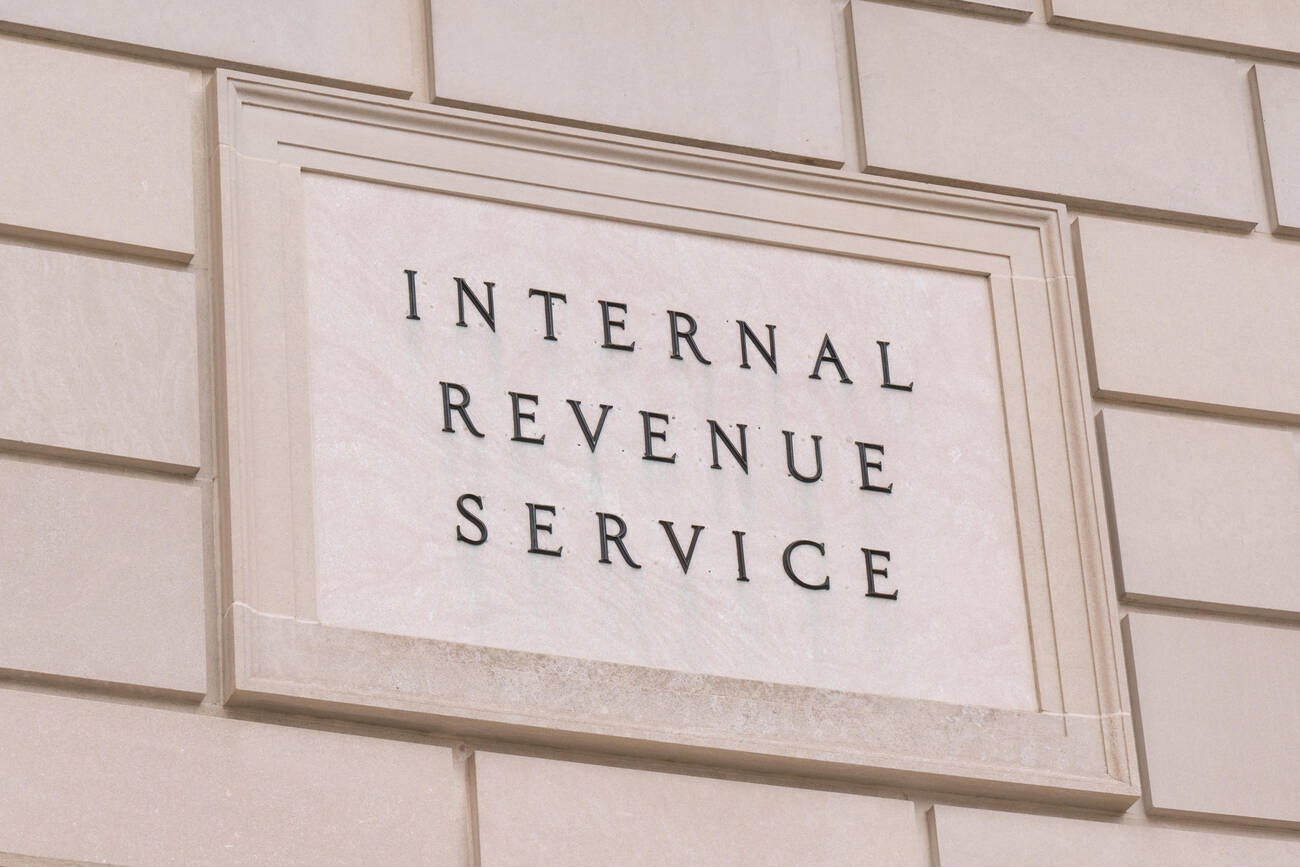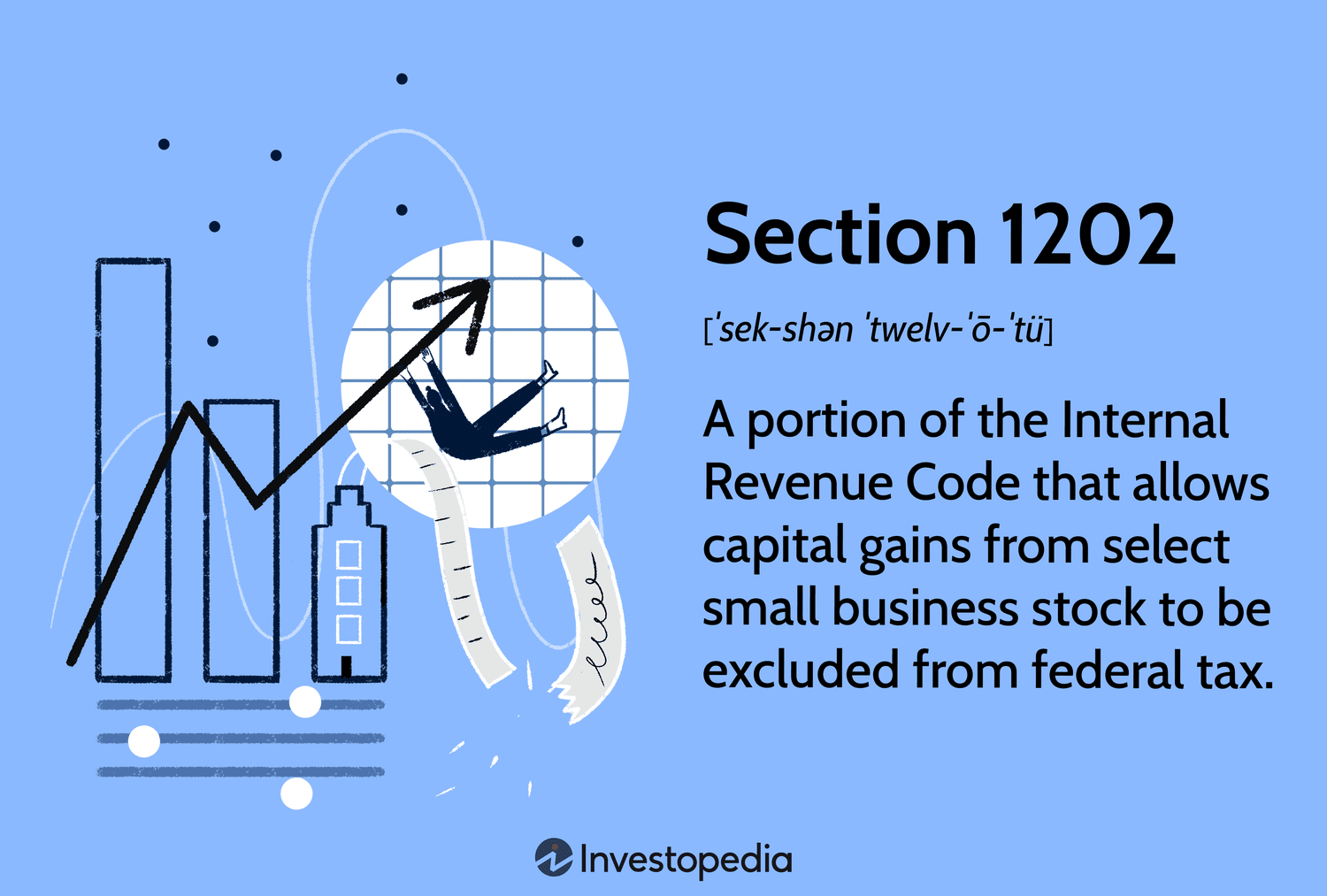The Treasury Department and the IRS on Oct. 18 released new guidance for the Sustainable Aviation Fuel (SAF) credit, a tax incentive created by the Inflation Reduction Act of 2022.
The guidance in Notice 2024-74 provides additional information to taxpayers using the safe harbors—which protect SAF makers from penalties, like an IRS audit, when qualifying for the tax credit—outlined in an IRS notice released last April.
Notice 2024-37 provides safe harbors using the 40BSAF-GREET 2024 model—developed in collaboration with the Treasury Department, Department of Energy, and other federal agencies—including specifications for and limitations on taxpayer inputs and background inputs to the model, the IRS said.
The safe harbors can be used to calculate the emissions reduction percentage and for the corresponding unrelated party certification for the SAF credit, the tax agency said in April.
The Energy Department released an updated version of the 40BSAF-GREET 2024 model and accompanying user manual this month that addresses a calculation issue related to catalyst inputs for the alcohol-to-jet SAF pathways.
The most recent Notice 2024-74 instructs taxpayers using the 40BSAF-GREET 2024 safe harbor to calculate emissions reduction percentage with respect to claims that relate to the sale or use of a SAF qualified mixture on or after Oct. 18, 2024, to use the newly released October 2024 version of the 40BSAF-GREET 2024 model and accompanying user manual for purposes of Notice 2024-37.
The tax break aimed at promoting production of cleaner jet fuel—made from ethanol and biofuels made from soybean oil—could provide a substantial opportunity for farmers and renewable fuel producers, according to industry leaders.
SAF is produced by converting non-petroleum feedstocks, such as corn, vegetable oils, waste oils, or fats, into a drop-in replacement crude oil. But it costs more than twice as much as traditional jet fuel.
Federal tax breaks aim to lower the price enough for companies to invest in the fuels to boost production to curb emissions from commercial airplanes and meet climate targets.
Treasury Department guidelines would clear the way for tax credits for corn-based ethanol if producers follow “climate-smart agriculture practices,” including using certain fertilizers and farming methods.
To qualify, SAF must cut greenhouse-gas emissions by at least half compared to conventional jet fuel made from oil. Congress approved the credits—from $1.25 to $1.75 per gallon—as part of the Inflation Reduction Act.
But some within the ethanol industry are disappointed that producers will have to follow certain agricultural practices to claim the tax credit.
For corn ethanol-to-jet, producers could claim a greenhouse gas reduction credit if a “bundle” of certain practices—no-till, cover crop, and enhanced efficiency fertilizer—are used. It similarly would allow a greenhouse gas reduction credit for soybean-to-jet if the soybean feedstock is produced using a “bundle” of applicable practices—no-till and cover crop.
Notice 2023-06, which was issued by the IRS in December 2022, explains the requirements for the fuel to be eligible for the SAF credit, the various methods in which a claimant may claim the credit, and which parties must be registered for the different activities in the process.
Thanks for reading CPA Practice Advisor!
Subscribe Already registered? Log In
Need more information? Read the FAQs




